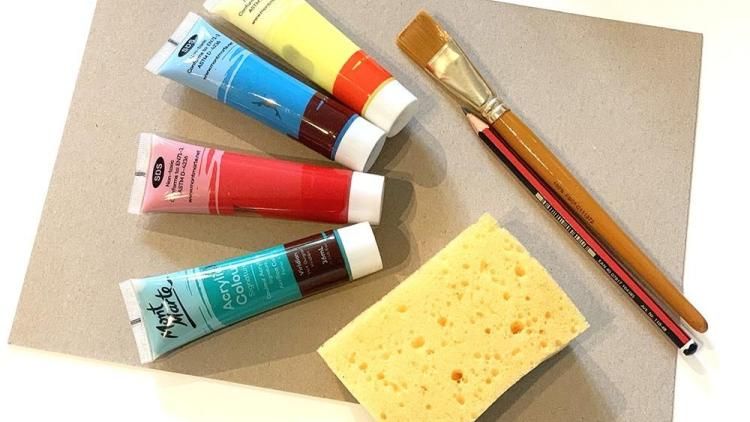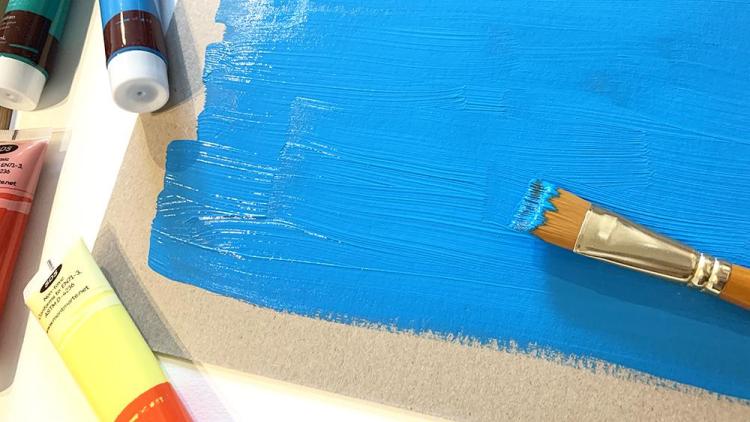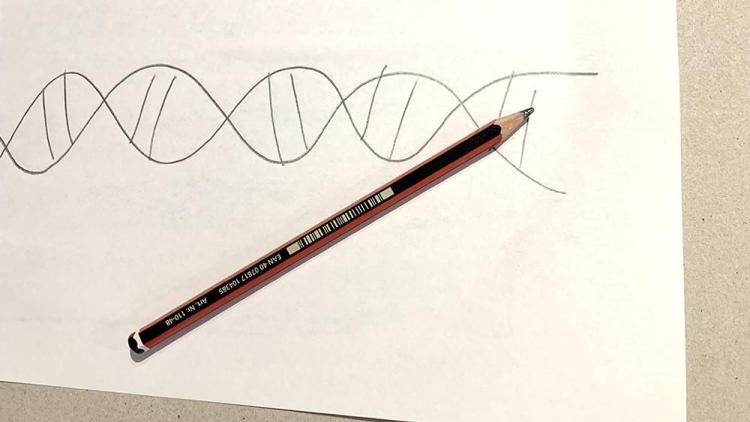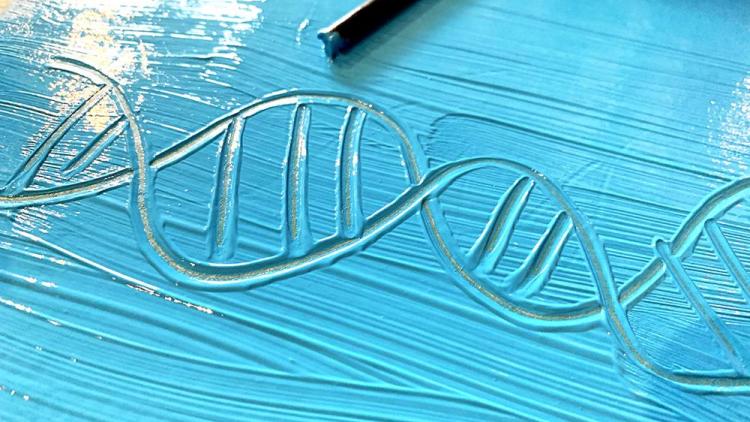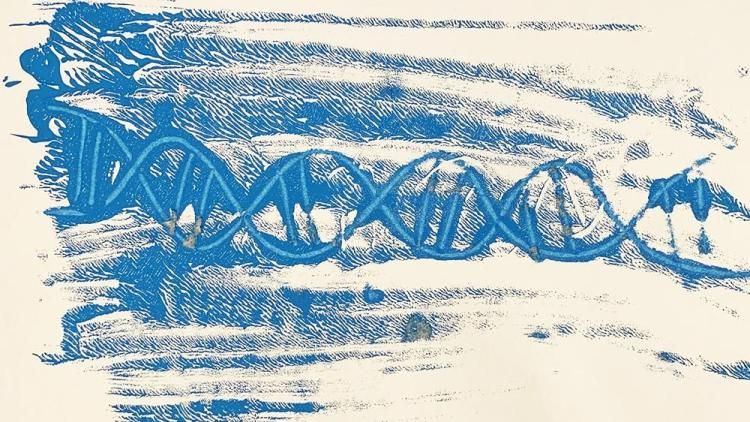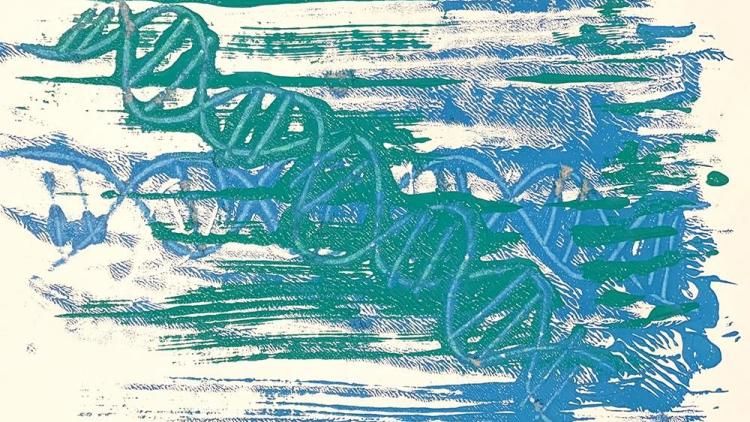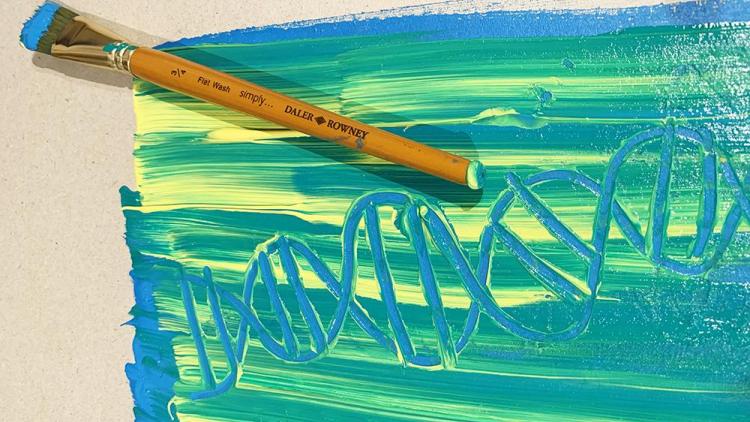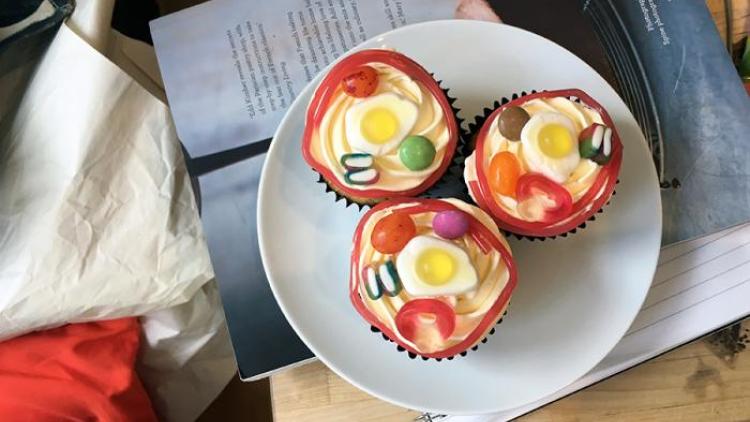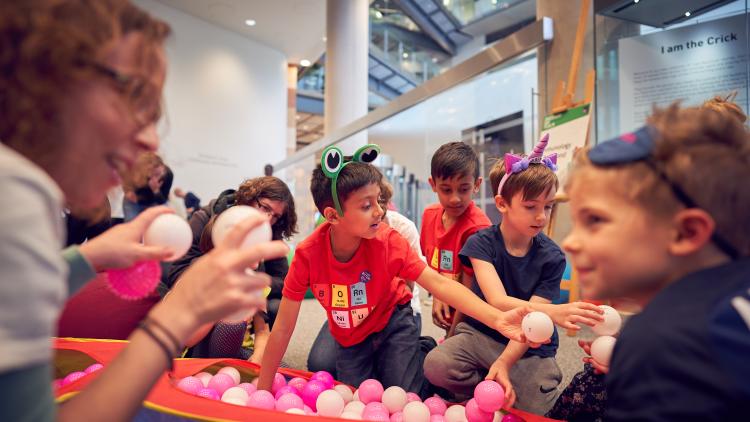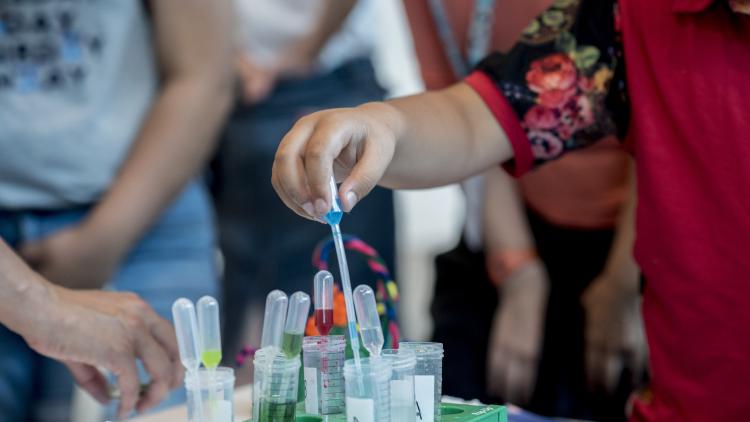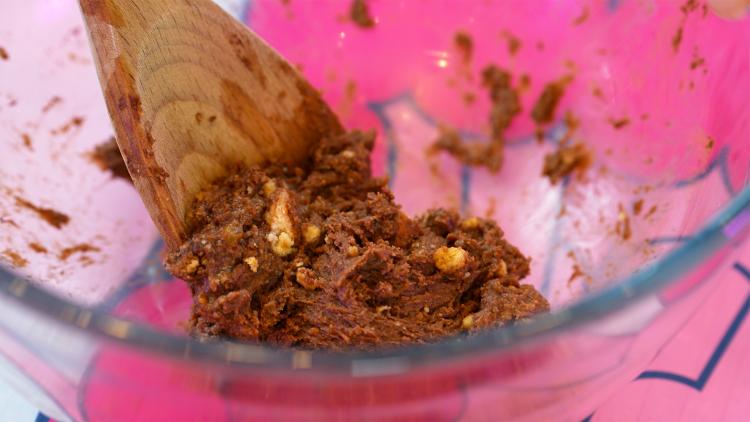Print some DNA designs
This activity will take 60 minutes, is for ages 7 to 10 with supervision needed.
DNA is a code that tells your cells how to make a person. It’s different for almost every person, just like these prints.
Monoprinting is a type of printing where each print you make is unique and can only be made once. You're going to be creating some monoprints of a picture that looks like DNA.
Our DNA is in a shape called a double helix, which looks like two threads twisting around each other.
Because you're drawing the design for the double helix each time you print the picture, you’ll see that it’s slightly different each time - that's what makes the monoprints unique.
You'll need
- Something flat to put your paint on. It needs to be bigger than your piece of paper. Cardboard, a chopping board wrapped in clingfilm or a sheet of plastic all work well.
- A sponge
- Cotton buds
- Paints (any kind as long as they're brightly coloured)
- A sharp pencil
- Thick paper or cardboard
